What makes everyday items durable, lightweight, and cost-effective? The answer lies in PP plastic. From packaging to automotive parts, polypropylene (PP) has become a cornerstone of modern manufacturing.
In this post, you'll learn about its unique properties, different types, applications in various industries, and how it’s processed and modified. Keep reading to discover why PP plastic is an essential material in today’s world.
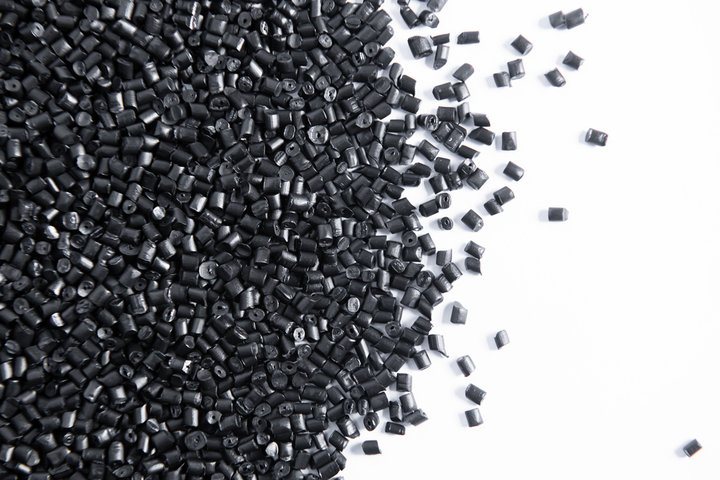
What is PP Plastic?
Polypropylene (PP) is a versatile thermoplastic polymer. It's made from propylene monomers through a polymerization process.
PP's chemical formula is (C3H6)n. The 'n' represents the number of repeating units in the polymer chain.
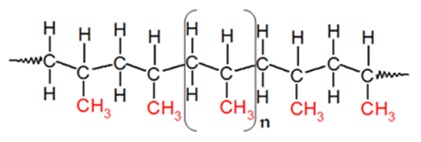
Molecular Structure of PP
This plastic is semi-rigid and tough. It's also lightweight, with a density of about 0.9 g/cm³.
PP has excellent chemical resistance. It stands up well against acids, bases, and many solvents.
Properties of Polypropylene
Polypropylene (PP) boasts a unique combination of properties. These make it a versatile and popular choice for numerous applications.
Physical Properties
Density: PP has a low density compared to other plastics. It ranges from 0.895 to 0.92 g/cm³.
Melting Point: The melting point of PP is relatively high.
Crystallinity: PP is a semi-crystalline polymer. Its crystallinity affects properties like stiffness and opacity.
Strength and Stiffness: PP offers excellent strength and stiffness for its weight. This is especially true for homopolymers and filled grades.
Chemical Properties
Chemical Resistance: PP resists many chemicals, including:
Dilute and concentrated acids
Alcohols
Bases However, PP has limited resistance to strong oxidizers and aromatics.
Solvent Resistance: PP is resistant to many solvents at room temperature. But it can be attacked by chlorinated and aromatic hydrocarbons.
Mechanical Properties
Impact Strength: PP, especially copolymers, have good impact strength. This can be further enhanced with impact modifiers.
Fatigue Resistance: PP has excellent fatigue resistance. It can withstand repeated stress and vibrations.
Creep Resistance: PP resists deformation under sustained loads. This makes it suitable for structural applications.
Thermal Properties
PP retains its properties well at elevated temperatures.
Heat Deflection Temperature (HDT): PP's HDT ranges from 50-140°C. Filled grades offer the highest heat resistance.
Thermal Expansion: PP has a relatively high coefficient of thermal expansion compared to other plastics.
Electrical Properties
PP is an excellent electrical insulator.
Dielectric Strength: PP has a dielectric strength of about 30 kV/mm. This makes it suitable for electrical components.
Insulation Resistance: PP maintains high insulation resistance, even in humid environments.
Optical Properties
PP's optical properties vary depending on the grade and additives.
Transparency: Homopolymers are naturally translucent. But clarifiers can make PP very transparent, similar to glass.
Gloss: PP can have a high surface gloss, especially with the addition of nucleating agents.
The combination of these properties makes PP suitable for diverse applications:
Its light weight reduces transportation costs and enables the production of thin-walled parts.
Chemical resistance allows PP to be used for packaging of cleaners, solvents, and medical products.
Good impact and fatigue resistance suit PP for hingies, snap-fits, and moving parts.
High HDT and good electrical properties make PP ideal for appliance and electrical components.
Optical properties of clarified PP rival more expensive plastics like acrylic.
Advantages of PP Properties for Applications
| Property | Advantage | Application |
| Low Density | Lightweight products | Automotive parts |
| Chemical Resistance | Durability in harsh environments | Chemical containers |
| High Melting Point | Suitable for hot-fill applications | Food packaging |
| Fatigue Resistance | Long-lasting under stress | Living hinges |
| Electrical Insulation | Safety in electrical applications | Cable insulation |
Understanding these properties is crucial when considering polypropylene injection molding for your manufacturing needs.
Types of Polypropylene
Polypropylene (PP) comes in several distinct types. Each offers unique properties and benefits.
Homopolymer PP
Homopolymer PP is the most common type. It's a general-purpose grade used in many applications.
Random Copolymer PP
Random copolymers contain small amounts of ethylene. This makes them different from homopolymers.
Block Copolymer (Impact Copolymer) PP
Block copolymers, also known as impact copolymers, contain larger amounts of ethylene. It's incorporated in blocks rather than randomly.
Special PP Types
Some specialized PP types have been developed. They offer unique properties for specific applications.
High Melt Strength PP:
Long chain branched structure
Improved melt strength and extensibility
Used in foam extrusion and blow molding
Expanded PP (EPP):
Closed-cell foam made from PP beads
Very light weight with good impact absorption
Used in protective packaging and automotive parts
Here's a quick comparison of the main PP types:
| Property | Homopolymer | Random Copolymer | Impact Copolymer |
| Strength | Highest | Moderate | High |
| Stiffness | Highest | Moderate | High |
| Impact Resistance | Lowest | Moderate | Highest |
| Clarity | Translucent | Transparent | Opaque |
| Chemical Resistance | Excellent | Good | Good |
| Heat Resistance | Highest | Moderate | High |
Applications of PP Plastic
Polypropylene (PP) is a true workhorse material. Its versatility allows it to be used across a wide range of industries and applications.
Packaging
PP is a popular choice for packaging. It offers an excellent balance of properties and cost.
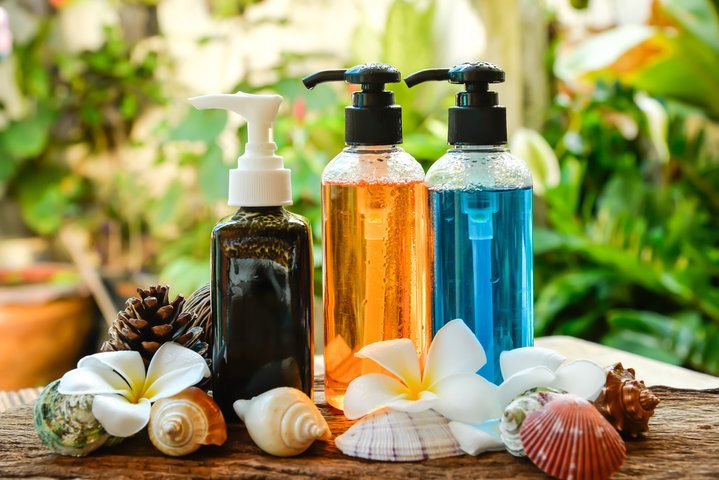
Food Packaging:
Rigid containers for yogurt, margarine, takeout meals
Flexible films for snack bags, cereal box liners
Bottles for ketchup, syrup, sauces
Microwaveable containers and lids
Medical Packaging:
Blister packs for pills and capsules
Sterile barrier packaging for devices
IV bags and tubing
Labware and sample containers
Consumer Products:
Automotive
PP is used extensively in automotive applications. It helps reduce weight and cost while providing reliable performance.
Medical
PP's inertness and resistance to sterilization make it a preferred material for medical applications.
Syringes and Vials:
Medical devices:
Inhalers and nebulizers
Surgical instruments handles
Disposable forceps, clamps, trays
Otoscope speculums and dispensing pens
Laboratory ware:
Petri dishes and sample containers
Beakers and graduated cylinders
Pipettes and pipette tips
Centrifuge tubes and microtiter plates
Textiles
PP fibers and fabrics are used in a variety of textile applications. They offer strength, chemical resistance, and low moisture absorption.
Electrical and Electronics
PP is an excellent insulator with good dielectric properties. It's used widely in electrical and electronic components.
PP's structural advantages make it suitable for many electrical and electronic applications:
Its light weight reduces the overall weight of devices and equipment.
Chemical resistance protects against oils, solvents, and other corrosive substances.
Dimensional stability ensures parts maintain their shape despite temperature changes.
High dielectric strength prevents breakdown and arcing.
Construction and Building Materials
PP is increasingly used in construction due to its durability, chemical resistance, and low cost.
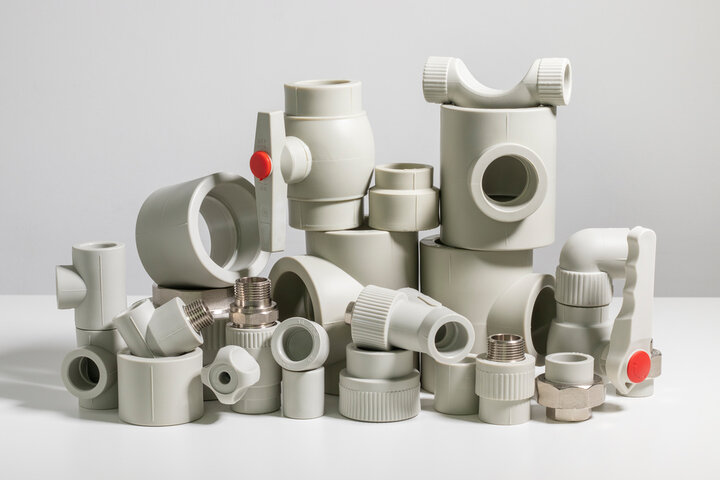
Many polypropylene pipe fittings
Pipes and Fittings:
Insulation Materials:
Foam insulation boards for walls and roofs
Radiant heating and cooling panels
Insulation for HVAC ducts and pipes
Vapor barriers and housewraps
Processing of Polypropylene
Polypropylene (PP) is a versatile thermoplastic. It can be processed using various methods to create a wide range of products.
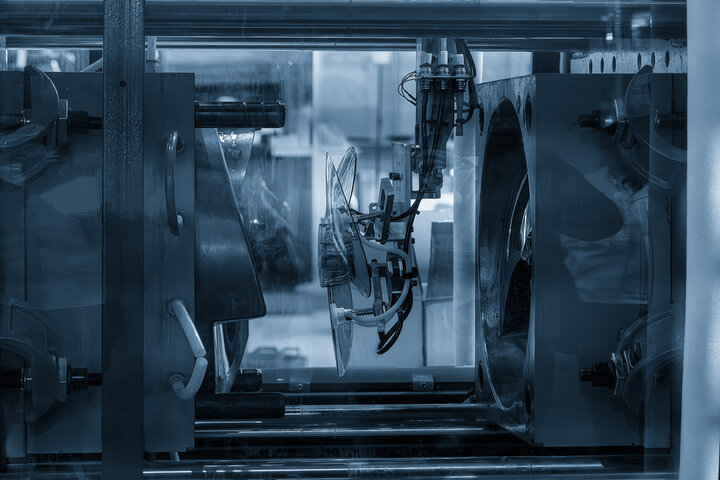
Injection machine
Injection Molding
Injection molding is the most common method for processing PP. It's used to make parts with complex shapes and tight tolerances.
Extrusion
Extrusion is used to make continuous profiles. Examples include sheets, films, pipes, and tubing.
Film and Sheet Extrusion:
PP is melted and forced through a flat die
The extrudate is cooled on chill rolls
Thickness is controlled by die gap and take-off speed
Films can be oriented to improve strength and clarity
Pipe and Profile Extrusion:
PP is extruded through a shaped die
The extrudate is cooled in a water bath or by air
Dimensions are controlled by die size and take-off speed
Pipes can be corrugated for flexibility
Important Process Variables:
Melt temperature: 180-250°C (356-482°F)
Die temperature: 200-230°C (392-446°F)
Extruder screw speed: 20-150 rpm
Take-off speed: 1-50 m/min (3-164 ft/min)
Blow Molding
Blow molding is used to make hollow parts. Examples include bottles, tanks, and automotive ducts.
Extrusion Blow Molding:
A tube of molten PP (parison) is extruded
The parison is clamped in a mold and inflated with air
The part cools and is ejected from the mold
Injection Blow Molding:
A preform is injection molded
The preform is transferred to a blow mold and inflated
This process allows for more complex neck designs
Thermoforming
Thermoforming is used to make large, thin-walled parts. Examples include packaging trays, appliance liners, and automotive panels.
Vacuum Forming:
A sheet of PP is heated until soft
The sheet is draped over a mold and a vacuum is applied
The sheet conforms to the mold as it cools
Pressure Forming:
Similar to vacuum forming, but with positive air pressure
Allows for sharper details and deeper draws
Can form thicker sheets than vacuum forming
Challenges and Considerations
Each processing method has its own challenges. Some general considerations include:
PP has a narrow processing window compared to other plastics
It's prone to warpage and shrinkage due to its high crystallinity
Nucleating agents can improve dimensional stability
Mold and die design are critical for proper filling and cooling
Process conditions must be carefully controlled for consistent quality
Despite these challenges, PP is a forgiving material to process. Its low melt viscosity and high melt strength make it suitable for high-speed operations.
Modifications of PP Plastic
Polypropylene (PP) can be modified in various ways to enhance its properties and performance.
Filled and Reinforced PP
Adding fillers and reinforcements to PP can improve its stiffness, strength, and dimensional stability.
Talc Filling for Stiffness:
Talc is a common mineral filler for PP
It increases the modulus and heat deflection temperature (HDT)
Talc-filled PP is used in automotive and appliance parts
Glass and Carbon Fiber Reinforcement:
Glass fibers can significantly increase the strength and stiffness of PP
Carbon fibers provide even higher strength and stiffness, at a lower density
Fiber-reinforced PP is used in structural and engineering applications
Calcium Carbonate for Cost Reduction:
Calcium carbonate (CaCO3) is an inexpensive filler
It can replace some of the polymer, reducing the overall cost
CaCO3-filled PP is used in packaging and consumer products
Impact Modification
PP has relatively low impact strength, especially at low temperatures. Impact modifiers can be added to improve its toughness.
Flame Retardant PP
PP is a flammable material, but it can be made flame retardant through the use of additives.
Conductive PP
PP is an electrical insulator, but it can be made conductive through the addition of conductive fillers.
Clarified PP
PP is naturally translucent, but it can be made transparent through the use of clarifying agents.
Sustainable Options
PP can be made more sustainable through the use of recycled content or bio-based raw materials.
Recycled PP:
Examples include automotive parts, furniture, and construction materials
PP is one of the most widely recycled plastics
Recycled PP can be used in non-food contact applications
It can also be used in food contact applications if properly cleaned and decontaminated
Bio-based PP:
Bio-based PP is made from renewable raw materials like sugarcane or corn
It has the same properties as conventional PP but a lower carbon footprint
Bio-based PP is still in the early stages of commercialization but has significant potential for growth
These are just a few examples of how PP can be modified to suit specific needs. With its versatility and adaptability, PP will continue to be a material of choice for many industries.
Comparison to Other Plastics
Polypropylene (PP) is often compared to other thermoplastics. Let's see how it stacks up against some common materials.
PP vs PE
Polyethylene (PE) is another polyolefin. It shares many similarities with PP.
You can learn more about the differences between types of polyethylene in our guide on differences between HDPE and LDPE.
PP vs PET
Polyethylene terephthalate (PET) is a common thermoplastic polyester. It's often used in packaging applications.
PP vs Engineering Plastics
Engineering plastics like nylon, acetal, and polycarbonate offer higher performance than PP. But they also come at a higher cost.
For more information on how PP compares to engineering plastics in specific applications, you might want to check out our guide on polypropylene injection molding.
Here's a quick comparison of PP with PE, PET, and engineering plastics:
| Property | PP | PE | PET | Engineering Plastics |
| Density (g/cm³) | 0.90 | 0.95 | 1.37 | 1.10-1.40 |
| Tensile Strength (MPa) | 30 | 20 | 50 | 50-100 |
| Flexural Modulus (GPa) | 1.5 | 1.0 | 2.5 | 2.0-5.0 |
| Heat Deflection Temp (°C) | 100 | 80 | 75 | 100-150 |
| Price ($/kg) | 1.50 | 1.30 | 2.00 | 5.00-20.00 |
Of course, these are just general comparisons. The specific choice of material depends on the application requirements and cost constraints. For more detailed information on material selection for specific manufacturing processes, you might find our guide on materials used in injection molding helpful.
Conclusion
Polypropylene (PP) plastic stands out with its unique blend of properties. It's lightweight, tough, and resistant to chemicals and heat.
These qualities make PP versatile across industries. From packaging to automotive, it's a go-to material for many applications.
Selecting the right PP type and processing method ensures products meet specific performance needs. Whether it's injection molding or extrusion, PP adapts to a wide range of applications.
Tips: You maybe interested to the all plastics














